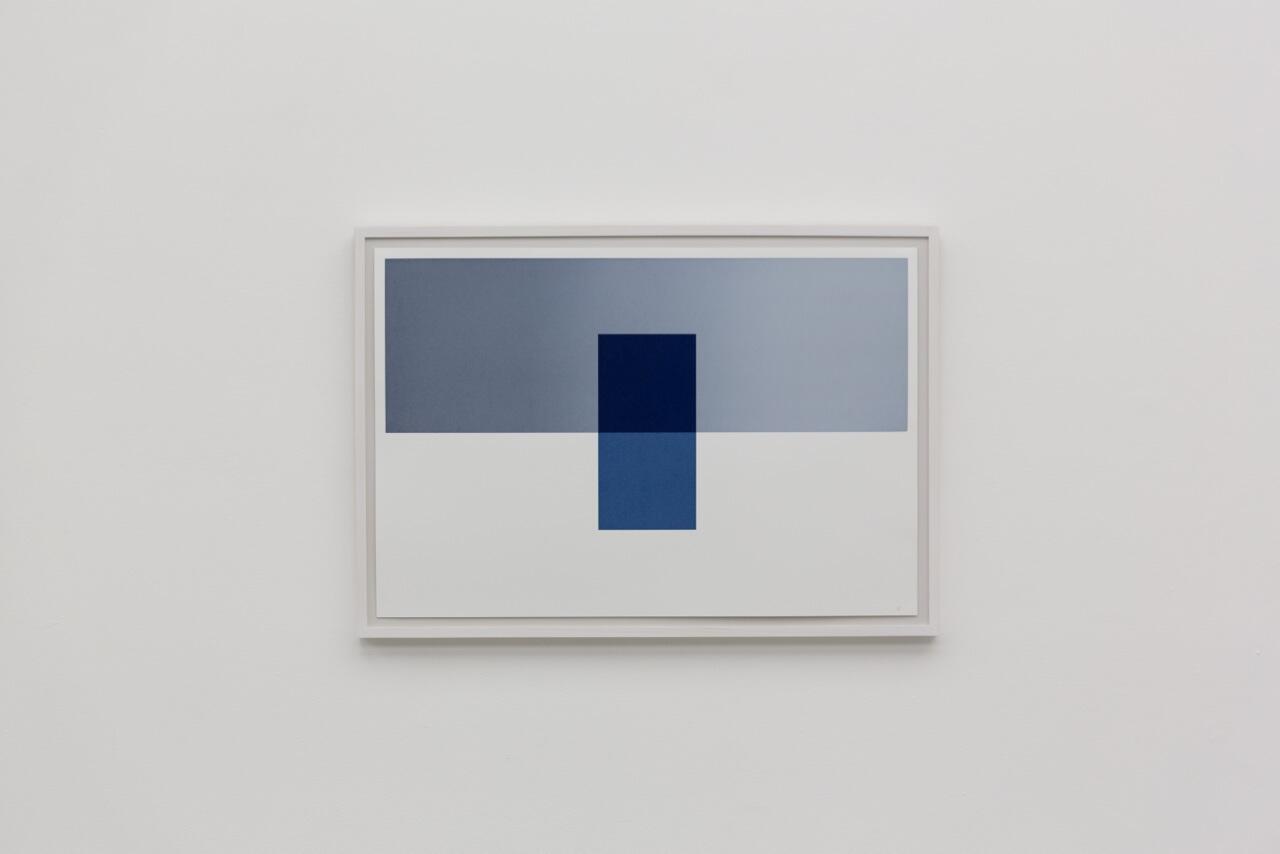Exhibition at Towner Gallery, Eastbourne
UVA is a multi-disciplinary collective that combines sculpure, installation, performance and architecture. They reference Alberti, da Vinci and Durer. They experiment with technologies and materials to take themselves in fresh artistic directions, and explore the tension between real and artificially created experiences. The gallery literature says of them: 'A fascination with the physical presence of light is embedded in their work and they explore different ways of creating a structure from light by employing perspective as both a tool and visual outcome to reshape, redefine and represent a space.'
3 works showing in this exhibition of increasing immateriality:
Vanishing Point 3
A series of 5 screenprints of abutting and overlaid geometrical shapes (greys, blues, yellow white that suggest interior spaces - but most of them are impossible ones.
Vanishing Point 1
Projection on to the wall of lines and shapes, fading in and out. They begin to describe an architectural space but at the point where this becomes an impossible one, things fade and reconfigure.
Vanishing Point 2
I found it disconcerting to have the light coming from the vanishing point when it 'should' disappear there.
The piece evoked for me my own confusion finding my way round buildings, and areas not looking as I remembered when I return to them. The lack of colour made it dreamlike, as did not knowing what I was really looking at in terms of size. An eery and perfect precision.
